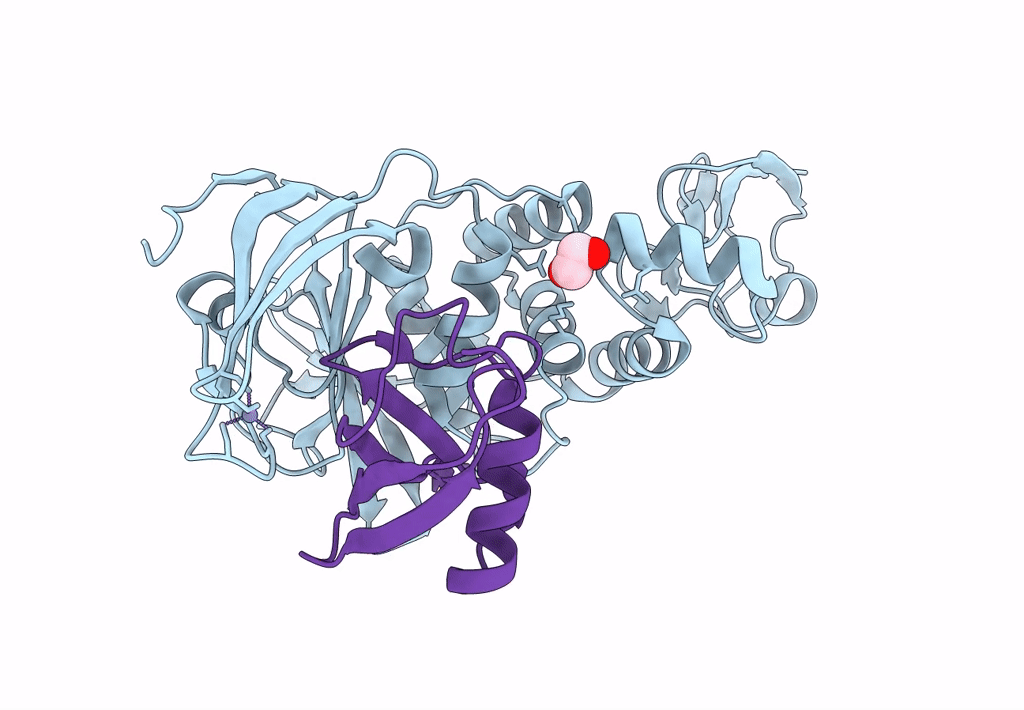
Deposition Date
2021-12-26
Release Date
2022-12-28
Last Version Date
2023-11-29
Entry Detail
PDB ID:
7WFC
Keywords:
Title:
X-ray structure of HKU1-PLP2(Cys109Ser) catalytic mutant in complex with free ubiquitin
Biological Source:
Source Organism:
Human coronavirus HKU1 (Taxon ID: 290028)
Homo sapiens (Taxon ID: 9606)
Homo sapiens (Taxon ID: 9606)
Host Organism:
Method Details:
Experimental Method:
Resolution:
2.60 Å
R-Value Free:
0.25
R-Value Work:
0.17
R-Value Observed:
0.17
Space Group:
P 21 21 21


